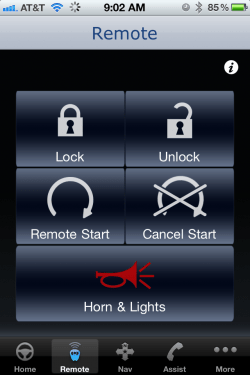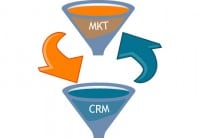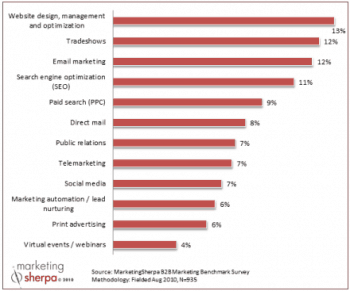ActiveConversion
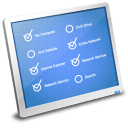 Looking for an alternative to ActiveConversion? If yes, then we welcome you to learn more about Lead Liaison by clicking the button below. ActiveConversion is a strong point solution and focuses on a few areas; namely, lead scoring and visitor tracking. They leave sales prospecting, email marketing among other capabilities to third parties. They have a few other nice features but ultimately, that’s where vendors in this space fall short. B2B companies want integrated solutions, not disparate features. Unfortunately, vendors (and consequently many businesses) have fallen into a trap. “Marketing automation” is the me-too phrase in the industry. It’s the buzzword that vendors and consumers have latched onto. Many vendors claim to do “marketing automation” – why not, it’s gets them the exposure they need. We’ve said it many times – no one wants to automate marketing but everyone wants to generate revenue.
Looking for an alternative to ActiveConversion? If yes, then we welcome you to learn more about Lead Liaison by clicking the button below. ActiveConversion is a strong point solution and focuses on a few areas; namely, lead scoring and visitor tracking. They leave sales prospecting, email marketing among other capabilities to third parties. They have a few other nice features but ultimately, that’s where vendors in this space fall short. B2B companies want integrated solutions, not disparate features. Unfortunately, vendors (and consequently many businesses) have fallen into a trap. “Marketing automation” is the me-too phrase in the industry. It’s the buzzword that vendors and consumers have latched onto. Many vendors claim to do “marketing automation” – why not, it’s gets them the exposure they need. We’ve said it many times – no one wants to automate marketing but everyone wants to generate revenue.
We’re Different from ActiveConversion
Lead Liaison is not following the me-too model. Since the genesis of our company in 2008 we’ve focused on extending our Revenue Generation Software™ platform. The operative word is “platform”. Marketers need a holistic solution to generate, qualify, nurture and manage leads. CRMs such as Salesforce.com serve as an excellent accounting system for leads, contacts and accounts; however, they don’t give businesses the structure they need to truly perfect their lead management process and cultivate an environment around revenue generation and sales and marketing synergy. We’re the revenue engine for a business that unifies sales, marketing and executive teams. We’re different from competitors and companies like ActiveConversion because of our focus on delivering solutions to sales and executives in addition to marketers. Our integrated solution also sets us apart. Instead of relying on 3rd party email marketing services that don’t delivered a closed-loop experience, we’ve developed our own professional-grade closed-loop email marketing system running a world-class email engine under the hood. We’ve tightly integrated CRM solutions such as Salesforce.com into the DNA of our product. We’ve also spent thousands of hours on the user experience. If we can automate a feature, make a drag-drop component or in any way give our users the visual experience they need to simplify their job then we do it. Add our “no-limit” business model on top of the aforementioned benefits and you’ll see why our solution is so attractive to businesses. In summary, here are a few reasons why you should consider Lead Liaison over companies like ActiveConversion:
- We’re highly adaptive to our customers needs. We don’t create our products, our customers do.
- Hands down, the easiest solution to use.
- We’re a platform, not a product.
We invite you to see a different solution from ActiveConversion and encourage you to learn more about Lead Liaison by speaking with one of our Revenue Success Managers. To be alerted of future posts, please click on the RSS button.


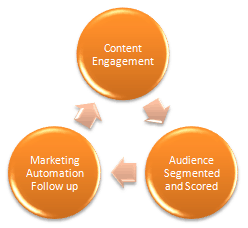 Marketing automation is a simple concept if you’re in the industry or familiar with these types of solutions. But, what if you’ve never heard of marketing automation before? Take five minutes to read this simplified summary of how marketing automation works.
Marketing automation is a simple concept if you’re in the industry or familiar with these types of solutions. But, what if you’ve never heard of marketing automation before? Take five minutes to read this simplified summary of how marketing automation works.